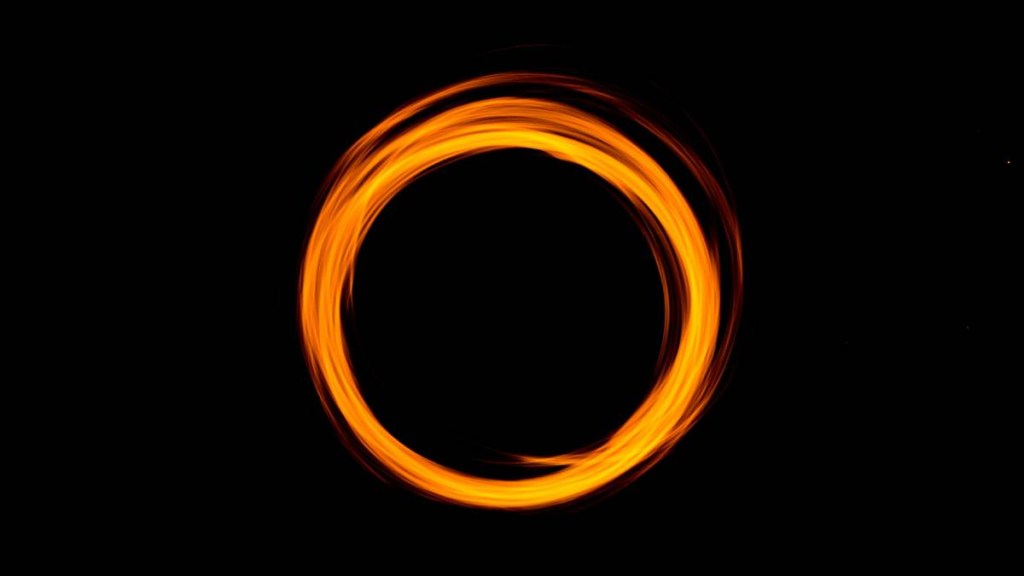A remarkable astronomical phenomenon has been witnessed by Israeli scientists recently. The black hole in space had been a question mark for various years and all we knew was black hole is born out of a dying star. Scientists have finally witnessed the magical view of black hole formation, which means, a dying star turning into a massive mystery.
The study is published in Nature Journal by the name of a researcher at the Weizmann Institute of Science in Israel, Ping Chen, also the lead author of the study. He said, “Our research is like solving a puzzle by gathering all possible evidence.”
The fascinating story begins with the discovery of a remarkably bright object in space known as SN 2022jli. This extraordinary find, located a staggering 76 million light-years away, was made by Berto Monard, an amateur astronomer from South Africa. As scientists delved into their observations, it became clear that they had stumbled upon a supernova, a cosmic event that occurs when a star reaches the end of its life or when a black hole is on the verge of formation.
Supernovas, however, pose a unique challenge for researchers. These celestial explosions are unpredictable and vanish rapidly, making them elusive subjects for study.
What sets SN 2022jli apart from the cosmic norm is its intriguing behavior. Typically, a supernova follows a pattern of starting brightly and gradually fading away. In the case of SN 2022jli, the supernova displayed unexpected fluctuations, oscillating between periods of brightness and dimness within a matter of days.
Thomas Moore, a scientist from Queen’s University Belfast, who conducted a study on the supernova published in the Astrophysical Journal last year, remarked, “In SN 2022jli’s data we see a repeating sequence of brightening and fading.” Moore added that this is the first instance where repeated periodic oscillations over many cycles have been detected in a supernova’s light curve.
Scientists offer a possible explanation for this unusual behavior. They propose that a surviving second star from the supernova explosion is interacting with the compact object. This second star, either a black hole or a neutron star, is believed to be drawing hydrogen from its companion’s ‘puffy’ atmosphere through a process known as accretion. The resulting energy waves detected by researchers align with these oscillations.
In their Nature paper, the researchers note, “The unprecedented properties of SN 2022jli tell that whatever happens in the system should be a rare phenomenon, which might be explained by the rarity of a bound binary system surviving a supernova explosion.” The discovery of SN 2022jli opens a window into the extraordinary and seldom-seen phenomena occurring in the vast expanse of our universe.

